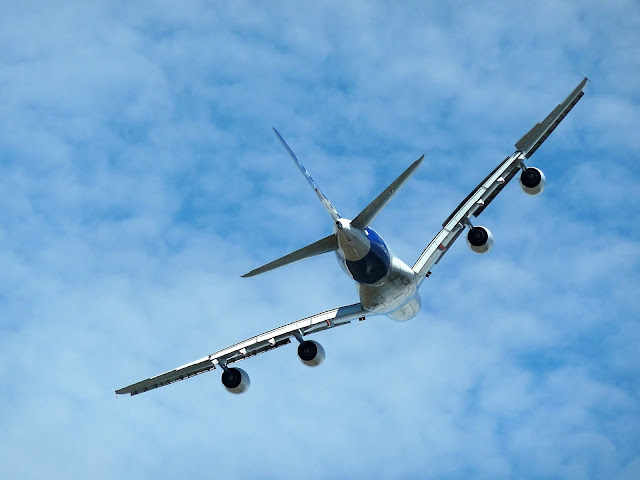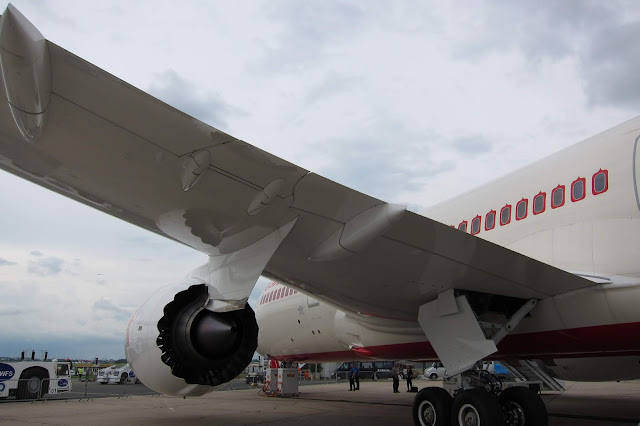Aileron
ailerons
air flow
aircraft
aircraft lift
lift induced drag
Types of ailerons
Types of Ailerons
 |
| Rolling motion by Ailerons |
What are Ailerons?
Ailerons are located at the rear side of aircraft wings. They are typically rectangular in shape with well defined length and made of metal to achieve stability and rigidity. The ailerons function by working in opposite directions, i.e, when one moves in the upward direction the other moves in downward direction. They are generally used to alter the lift on aircraft. Ailerons can be used to either increase or decrease the lift, which happens as they are deflected from the center line of the wing. As a result, the ailerons contribute in tilting the aircraft either left or to the right. The aircraft tilts towards the aileron which is tilted in the upward direction, as a result of the force build up on the wing pointing down.During the flight, the wings' ailerons do not deflect with the same magnitude, the directions are opposite and the displacement of the ailerons also is unequal. This contributes to the fact that the nose of the aircraft can be tilted in such a way that it can counteract any adverse yaw formation when the airplane is banking at an angle.
Adverse yaw is the condition achieved by an aircraft, when there is a difference between the desired and the actual direction of the nose which it is pointing towards, while turning. This phenomenon can be visualized or observed better by noting the movement of the tail of the aircraft which is a more obvious sign. The cause of this adverse yaw is the aileron that is deflected downwards which causes additional drag compared to the other aileron. As a result, this drag tends to pull the aircraft out of the turn path.
Hence, the main aim of the designers becomes to reduce the effect of this adverse yaw on the aircraft, for which, they have come up with few moderations;
TYPES OF AILERONS
- DIFFERENTIAL TYPE AILERONS
- FRISE TYPE AILERONS
I) DIFFERENTIAL TYPE AILERONS
 |
| Differential type Ailerons |
This is done, mainly to contradict the symmetrical ailerons where the aileron that is deflected upwards tends to cause a reduction of a significant amount of lift as it reduces the camber. Subsequently, the downward deflected wing leads to an increase in both camber and lift force. This increase in lift also contributes in increasing the overall drag on the aircraft which ultimately tends to turn or yaw the aircraft in flight around an imaginary vertical axis.
To tackle this situation, the differential ailerons are designed in a way, such that the drag induced by the descending wing balances the lift-induced drag of the second wing as a function of the angle which it is deflected to. Hence, this tends to greatly decrease the adverse yaw.
II) FRISE TYPE AILERONS
 |
| Frise Type Ailerons |
Therefore, the contour of the aileron surface is itself improved in frise type ailerons. The objective is achieved when the drag created by the lower aileron equalizes with the opposite wing, resulting in a reduction of adverse yaw.
This type of aileron also produces to develop a slot in the system so that the air can flow smoothly over the lower aileron. With this, the system becomes even more effective at higher angles of attack.
Note: Even after these moderations, a gentle rudder action is still needed whenever ailerons are brought into action.
Thanks for reading!
Suggested article: All about gliders!






